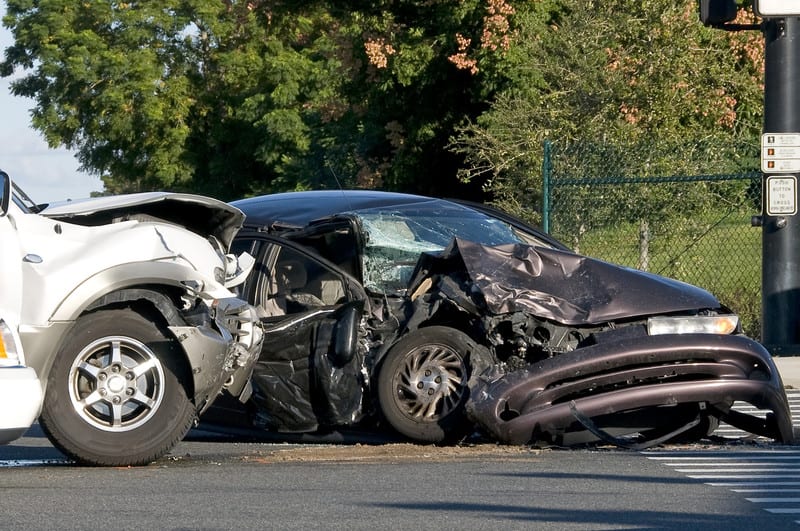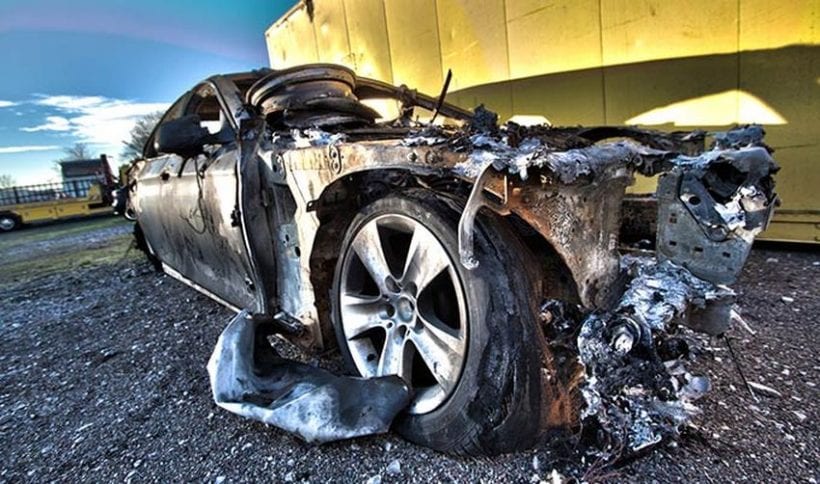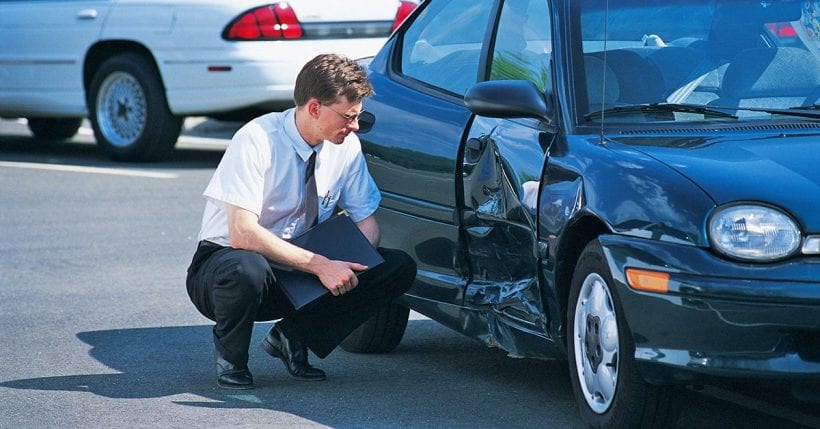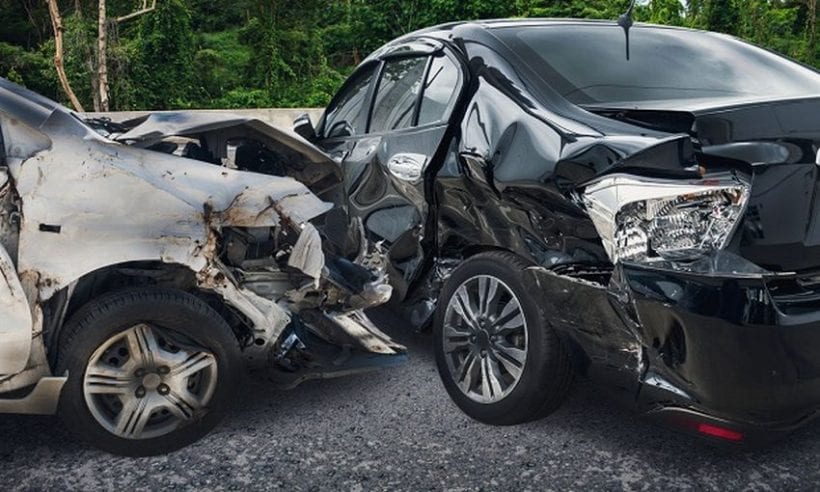Car accidents are quite common and that is not a surprise since there are more cars on the road every day. While some of the car accidents can be fatal, most of them are just with small bumps to the car. Yet, you should know what to do in case of a car accident.
You’ll likely be in a car accident at some point in your life, unfortunately. According to Zavodnick law, even a fender bender or minor car crash can cost almost $10,000 on average.
Some accidents lead to a total loss as well, meaning it’s not worth it to make the repairs.
If you find yourself in that situation, what should you know about the process with insurance?

What is a Total Loss?
The term total loss means that if you were to get your damaged car repaired, the cost of those repairs would be more than the car’s cash value.
If you have a total loss claim, it’s different from how less serious claims are handled, and there’s a lengthier process to go through with insurance.
The following are some of the things to know about total loss claims in general:
- Property damage liability insurance is required in every state, and to file for coverage as a total loss, you’ll need that coverage. However, to receive a property damage liability payout, you have to file a claim against the other driver’s PD insurance. The other driver will have to have been negligent for you to receive compensation. It’s better to go through your own insurance company for total loss coverage. If you have comprehensive or collision insurance, it doesn’t matter who was at fault.
- If you aren’t injured, you would file a claim like you would in any other accident, even if you think it represents a total loss.
- Once you file your claim, a claims adjuster will inspect the vehicle damage. The claims adjuster is who ultimately makes a total loss determination.
There are differences between states as far as what a total loss actually is. For example, in some states, there is a Total Loss Threshold or TLT. In these states, the damage only needs to be more than a particular percentage of the value of the car to be called a total loss.
Other states use something called the Total Loss Formula or TLF. When following TLF, if the cost of repair plus the salvage value of said vehicle is more than the actual cash value, it’s a total loss. To find out more about car salvage check out 1800 Salvage.
What Do You Do If Your Car Is a Total Loss?

So what if the claims adjuster declares your car a total loss?
You’ll first need to take all of your personal items, and then you’ll give the keys to the adjuster in most cases. You’ll fill out paperwork, and the insurance company will let the local DMV know your car is a salvage.
A buyer who purchases salvaged vehicles can then buy it from your insurance company.
If you want to keep the car for any reason, your insurance company may let you, but you’ll get less cash.
Depending on your state, you may not be allowed to keep a car that’s determined to be a total loss. Some states will let you keep it, but require that you get a certificate saying the car is salvage.
As far as getting cash, the way your insurance company determines a total loss is how they’ll determine your compensation.
Actual cash value is the pre-loss market value of a vehicle minus depreciation. Your insurance company is going to have their own way they determine actual cash value.
If you financed your car or you were leasing it, you may have more money left to pay. In this case, your insurance company pays for the value of the car, but there may be a balance left even after the insurance company determines your compensation.
Throughout all this, it can be a good idea to research the value of your car on your own. This will help you make sure the insurance company is being reasonable with their payout.
You can research by looking at Kelley Blue Book to find the numbers on your vehicle, but do be aware that payouts aren’t strictly based on the figures you’ll find there.
Something else to note is that if your car is very new—usually meaning less than three months old—the insurance company may replace it with a new car if it’s a total loss.
What If You Don’t Agree with the Insurance Company?

If you do your own research and you don’t agree with the valuation your insurance adjustor does, what can you do?
There are a few options. You can try to negotiate it, accept it, or you can file a lawsuit.
If you’re going to negotiate or file a lawsuit, you’re going to have to show evidence to back up what you think the value is.
There are two categories of evidence that are important here. The first is evidence that shows the shape your car was in, and the second category is evidence showing your car’s actual value.
The best way to get the evidence needed to prove your car’s actual value is to work with an appraiser.
You’ll have to hire a qualified appraiser who will give you their opinion on the value of your vehicle.
Finally, something else to understand when it comes to car accidents and insurance is that gap insurance can be very helpful to have.
A lot of people may not pay for gap insurance, but in the situation of a total loss, it can go a long way to providing you protection and coverage.
With gap insurance, there is coverage that makes up for the difference between what’s owed on a vehicle and the actual total value. New car replacement coverage can also be a good thing to think about—both of these help combat against the issue of depreciation that comes into play with a total loss.
Finally, when you’re buying a new car, this highlights the relevance of a down payment as well. It will help reduce what you owe if you are in an accident, and that vehicle is a total loss.

